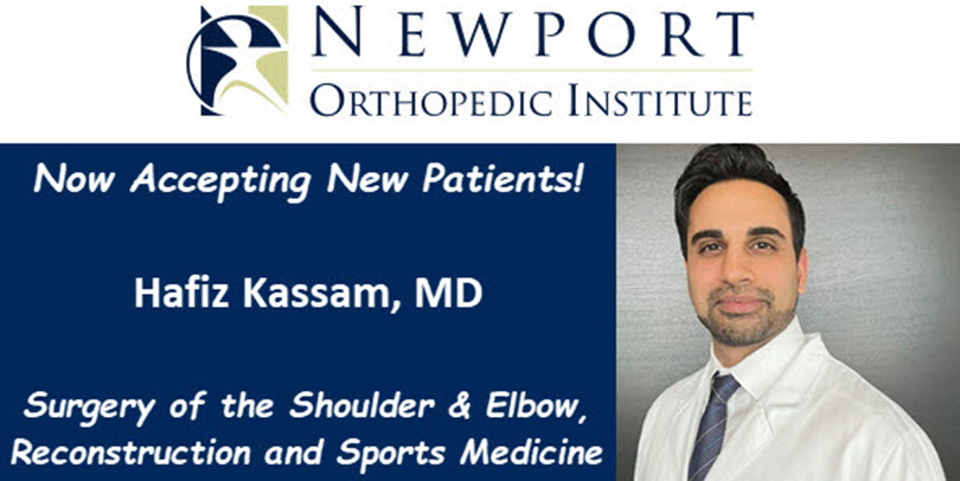Stem-cell transplants are only approved for a handful of rare conditions—but that hasn’t stopped for-profit clinics from using them for a host of cosmetic and medical issues, including orthopedics.
A website for five affiliated stem-cell clinics hails a “breakthrough” for Parkinson’s disease: “Stem Cells Replace Damaged Nerves, Reverse Symptoms.” Another promotes, “Regenerative treatments with stem cells, growth factors, and platelet-rich plasma that are non-steroidal and outpatient” and promises to, “repair and regenerate damaged tendons, ligaments and cartilage from arthritis or sports injuries. Hair restoration and Platelet Rich Plasma Face-lifts too!!!” As a further incentive, “insurance MAY cover the cost of Stem Cell Therapy for numerous arthritic conditions and soft tissue injury!!”
For those of you whose lives—or whose loved ones’ lives—have been upended by chronic or incurable conditions such as Parkinson’s, that’s just the kind of breakthrough you’ve been waiting for. But here’s some advice about these and other for-profit stem-cell treatments that you probably don’t want to hear:
“Steer clear of them. They’re probably taking advantage of you and it’s probably unproven,” says Lawrence Goldstein, director of the Sanford Stem Cell Clinical Center at UC San Diego Health.
Stem-cell science is a relatively new field. Stem cells hold great potential for medicine because of their ability to develop into different types of cells in the body, and to repair and renew tissue. But so far, the only stem cell-treatments approved for wide use in the U.S. involve transplants from bone marrow or blood for patients with certain cancers and other disorders, says Sidney Golub, director of the Sue and Bill Gross Stem Cell Research Center at the University of California, Irvine.
Meanwhile, dozens of experimental stem-cell treatments are being tested across the country in clinical trials on human subjects. “There are some really exciting developments showing great promise, but they are unproven at present,” Golub says. If most stem-cell therapies are unproven, how is it that nearly 600 clinics across the country offer costly stem-cell treatments for both cosmetic and medical purposes, ranging from spinal-cord injuries to breast augmentation?
California has 113 of these clinics, more than any other state, according to stem-cell researchers Leigh Turner of the University of Minnesota and Paul Knoepfler of the University of California, Davis. Florida comes in second with 71, followed by Texas with 37. Many of these clinics say they use stem cells derived from patients’ own fat and, for related reasons, argue that their treatments are exempt from the U.S. Food and Drug Administration’s rigorous approval process. Others utilize a Regenokyne system, which although in use in Europe is not clearly FDA approved in the USA. It utilizes a system of blood centrifugation. Another system provides concentration of bone marrow aspirated from the pelvis. All are of questionable effectiveness.
Their websites show heart-wrenching testimonials from patients who have undergone treatments and believe they have benefitted. The treatments can cost $15,000, $25,000 or more, and generally aren’t covered by health insurance.
If you’re swayed by the testimonials, if you’ve tried every other treatment, and even if you have the money to burn, you should still steer clear, experts say. “If somebody is telling you something that’s too good to be true, it’s too good to be true,” Golub says.
In addition to spending thousands of dollars on a therapy that may not help, you could experience undesirable medical side effects, they warn. The risk is far greater than the potential benefit,” says Mary Bass, director of public policy at Americans for Cures, a patient advocacy group that supports stem-cell research for chronic diseases and injuries. “There are really no shortcuts in the scientific discovery process. Shortcuts come at grave cost to patients’ health, now or down the line,” Bass says.
The Food and Drug Administration, too, said in a statement for consumers that it is “concerned” that patients may be “vulnerable to unscrupulous providers of stem-cell treatments that are illegal and potentially harmful.”
Kevin McCormack, director of patient advocate outreach for the California Institute for Regenerative Medicine (CIRM), the state’s stem-cell agency, acknowledges that patients don’t want to hear this kind of advice. “They’ve often explored every other option and don’t have anything left,” McCormack says.
But there may be something you can do, he says: Search for a scientifically sound clinical trial that is testing a stem-cell therapy for your condition. One trustworthy place to look, McCormack says, is the Alpha Stem Cell Clinics Network—three clinics in Southern California specializing in stem-cell clinical trials that are funded by CIRM. They have more than 20 trials underway for conditions ranging from HIV to ovarian cancer, he says. “If there’s something at one of those clinics, you know it’s legitimate and as safe as can be,” McCormack says.
To find other stem-cell clinical trials, start with the government-run clinicaltrials.gov database. But be cautious. Some for-profit stem-cell clinics post on that site, and patients who want to participate in their “studies” must pay for the cost of the treatment. If you identify a trial that might fit your situation, do some digging, says Cathy Danielson, a stem-cell patient advocate based in Oregon.
“Start asking questions, start posting on online forums,” she says. “Ask who funded it. Follow the money.”
Goldstein urges patients to look for trials that are conducted by academic medical centers or nonprofit medical institutions, and to ask study sponsors if they have received FDA approval for their trials. “Patients will recognize legitimate clinical trials because, in general, they won’t be charged for the cost of the treatment,” he says.
Finally, if you find a trial, there’s no guarantee you’ll receive the experimental stem-cell treatment. That’s because in most trials, some participants—chosen randomly—will receive either a placebo or the current standard of care, while others will get the experimental treatment. In other words, there are obstacles to obtaining stem-cell therapy at this point. Remember that, until clinically proven and reproducible in multiple different trials, a remedy is simply a placebo effect.
Although exciting, there are precious few studies in peer-reviewed journals that show a clear cut positive effect from injecting platelet rich plasma, stem cells or other concentrates of patient-derived cells. Presently, any concentrate that is injected has a positive effect on a patient only if the patient “truly believes” that the injection has worked. Spend your hard-earned dollars accordingly.







